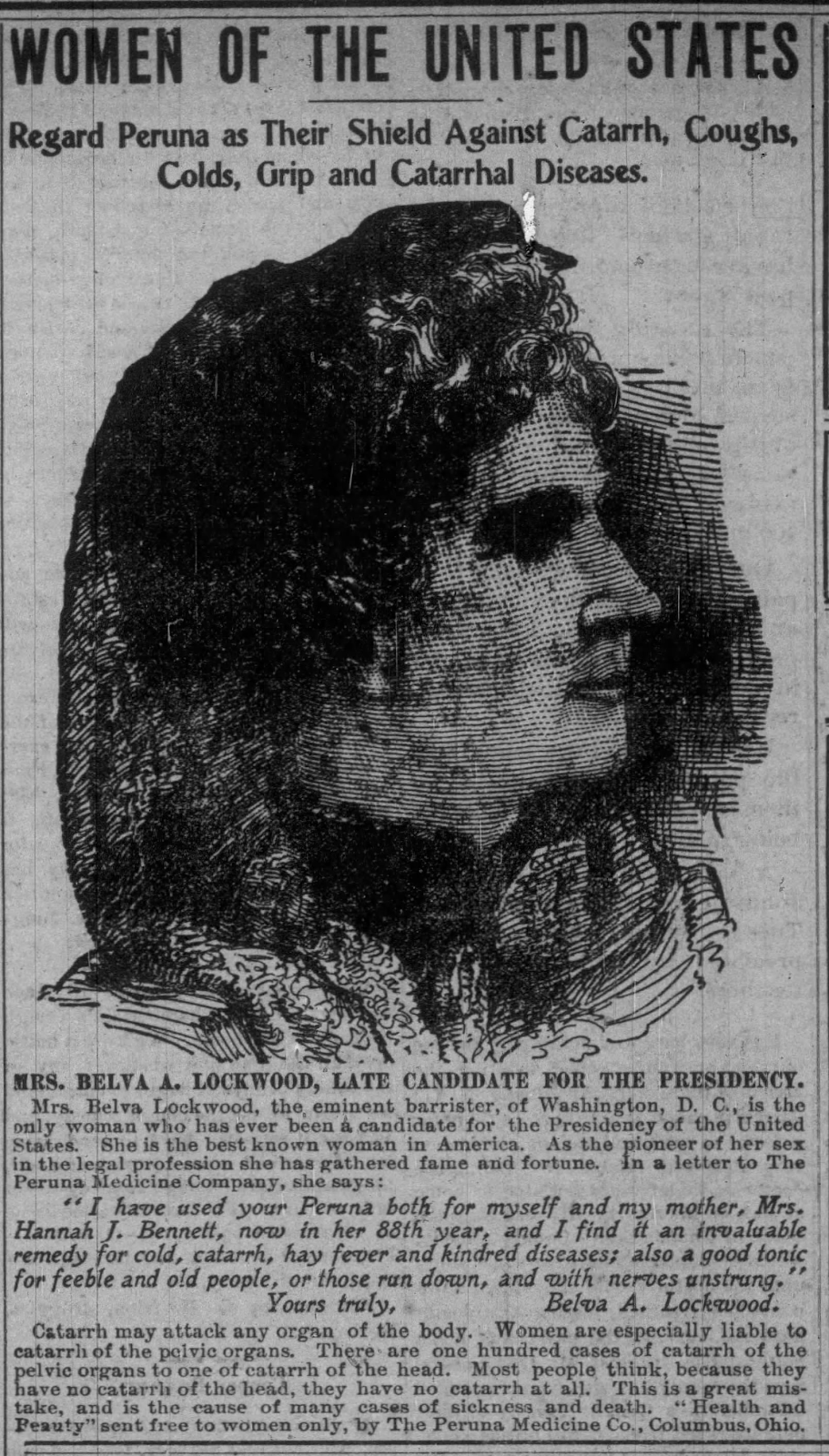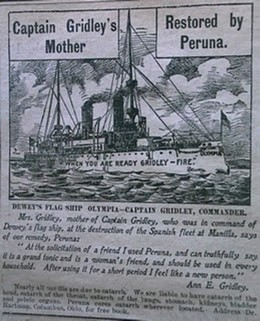October is Louisiana Archaeology Month. What does the word archaeological artifact invoke for you? Some may think of mummies, in the pyramids of Egypt, or if more local, perhaps they think of “arrowheads” or pottery. Archaeological artifacts can be more recent too, part of a field called historical archaeology. Examples of historical archaeological artifacts can be coins, nails, bullets, toys like marbles. Among the most intriguing and visually appealing are glass bottles, particularly patent medicine bottles. “Patent medicine” historically describes medicines sold without a doctor’s prescription through the first half of the twentieth century when there was inadequate (or none at all!) oversight of the medicine’s ingredients or claims.
Sometimes the bottles one might find no longer have the labels on them. Archaeologists still have ways to date, and possibly identify, a bottle by looking at its shape how it was manufactured. If you’re lucky enough to have a bottle still with its label, many of which are in our collection, you can read the list of questionable ingredients and claims for the contents. But you can also look at advertisements from newspapers, including the local, historical Bossier Banner newspaper, to learn about these claims and the advertising tricks used by patent medicine manufacturers.
Some examples are two ads from the Banner for Pe-ru-na from 1900. Pe-ru-na was a very popular remedy, chiefly because of its high alcohol content. Why did so many medicines contain so much alcohol? Manufacturers said it was necessary to preserve herbs, but this wasn't the whole truth. Stores didn't need a liquor license to sell medication and any liquor taxes did not apply to the patent remedies. The alcohol found in patent medication provided the public with an economical way to drink. Pe-ru-na's widespread usage was also thanks to its claims to cure “catarrh.” Catarrh is when mucus accumulates in your nose, throat, or sinuses, but any kind of pain or discomfort could be pinned on catarrh by the Pe-ru-na salesmen. To hear them tell it, catarrh was the cause of stomach troubles, runny noses, earaches, and fevers. The ads boasted that no matter where the “catarrh” was in your body, Pe-ru-na could cure it.
These two ads for Pe-ru-na used "celebrity endorsements." Whether these men and women actually gave permission for the companies to use their likeness or received any compensation is unlikely. Belva Ann Lockwood was a noted attorney in Washington D.C., and was apparently the "best known woman in America" thanks to her run for president of the United States in 1884 and 1888. In one of the ads, Pe-ru-na uses her face to appeal to women across the country. In a letter supposedly from Lockwood, we learn that it is an "invaluable remedy for cold, catarrh, hay fever, and kindred diseases."
The other ad doesn't show a famous face, but rather a famous ship from the Spanish-American War. Ann Gridley touts the wonders of catarrh-curing Pe-ru-na, calling it a "grand tonic and a woman's friend." Ann was the mother of Captain Charles Gridley, the commander of the USS Olympia during the American victory at the Battle of Manila Bay. Gridley received the well-known order, "You may fire when you are ready, Gridley," from Admiral George Dewey. This ad mentions Dewey three times, implying an endorsement from the heroic admiral himself. Come to the Historical Center to see more ads or ask to look through our back issues of the Bossier Banner newspaper. Don’t forget too, that you can request our programs on Archaeology or other local history topics for your group here at the History Center or request a presentation by our staff at your classroom or other public facility. We are located at 2206 Beckett St, Bossier City, LA and are open M-Th 9-8, Fri 9-6, and Sat 9-5. Our phone number is (318) 746-7717 and our email is history-center@bossierlibrary.org
For other fun facts, photos, and videos, be sure to follow us @BPLHistoryCenter on FB, @bplhistorycenter on TikTok.
Images: Ads from 1900 in the Bosser Banner newspaper for Pe-ru-na patent medicine, which claimed to cure “catarrh”
Article by: Pam Carlisle


No comments:
Post a Comment